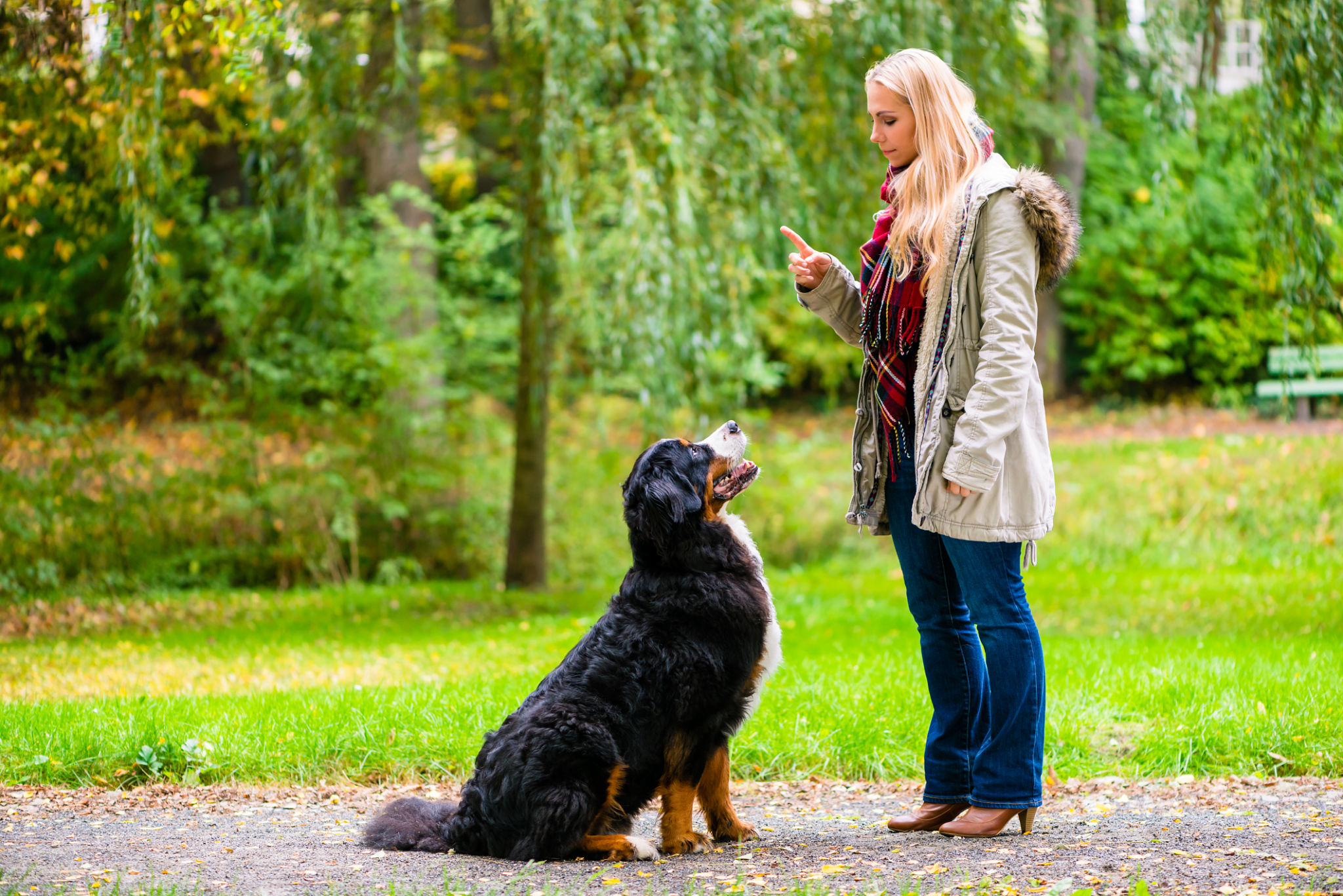How to Train Your Dog at Home: A Step-by-Step Guide
Understanding the Basics of Dog Training
Training your dog at home is not only a rewarding experience but also an essential aspect of ensuring a harmonious relationship between you and your furry friend. The key to successful training is consistency, patience, and using positive reinforcement techniques. Before you begin, it's crucial to understand your dog's behavior and needs, as this will guide you in choosing the right training methods.

Every dog is unique, just like humans, and their response to training can vary. Some may pick up commands quickly, while others might take a little longer. It's important to remain patient and keep a positive attitude throughout the process. Remember, training is not just about teaching commands but also about building trust and communication with your dog.
Setting Up a Training Schedule
Consistency is vital in dog training. Establishing a routine helps your dog understand what is expected of them. Set aside specific times each day dedicated to training sessions. Ideally, these should be short and engaging, around 10 to 15 minutes each, to keep your dog focused and interested. Sessions should occur in a distraction-free environment where your dog feels comfortable.
Begin with basic commands such as "sit," "stay," and "come." Mastering these foundational commands will make it easier to progress to more advanced training. Use treats or toys as rewards to reinforce positive behavior, gradually phasing them out as your dog becomes more proficient.
Using Positive Reinforcement
Positive reinforcement is one of the most effective training methods for dogs. This approach involves rewarding your dog for good behavior, which encourages them to repeat the actions. Treats, verbal praise, and playtime are excellent forms of positive reinforcement that can motivate your dog during training sessions.

Avoid using punishment or negative reinforcement, as these can lead to fear and anxiety in your pet. Instead, focus on rewarding desired behaviors and redirecting unwanted actions with calm guidance. This creates a positive learning environment where your dog feels safe and eager to learn.
Incorporating Socialization
Socialization is a critical component of dog training that often gets overlooked. Introducing your dog to different environments, people, and other animals helps them become well-adjusted and confident. Start socialization early in your dog's life, if possible, by taking them on walks in various settings, visiting dog parks, or arranging playdates with other pets.

Socialization should be a gradual process. Monitor your dog's reactions and comfort levels, ensuring that each new experience is positive. This will help prevent behavioral issues such as aggression or fearfulness later on.
Advanced Training Techniques
Once your dog has mastered basic commands and has been adequately socialized, you can introduce more advanced training techniques. These may include agility training, tricks, or even specialized skills like scent detection or therapy work. Advanced training not only challenges your dog physically but also mentally, keeping them engaged and active.
Remember that every dog learns at their own pace. Celebrate small victories and continue reinforcing positive behaviors. With dedication and love, you'll be amazed at how much your dog can achieve with home training.
